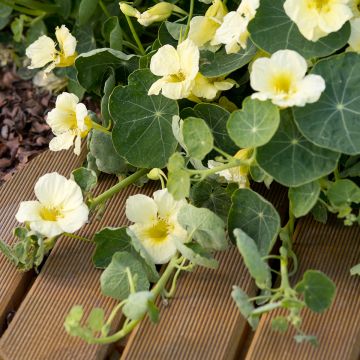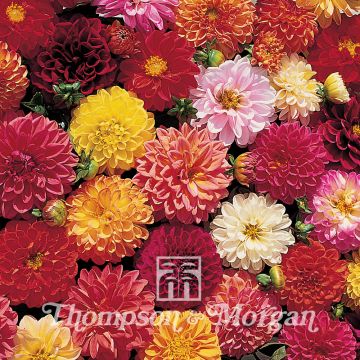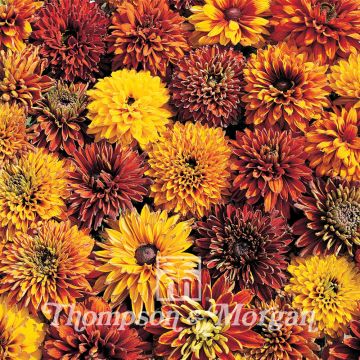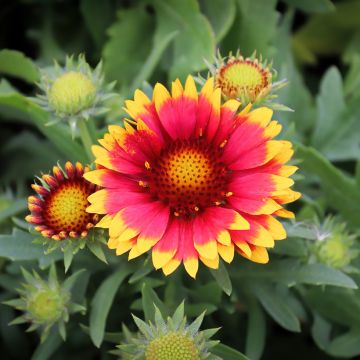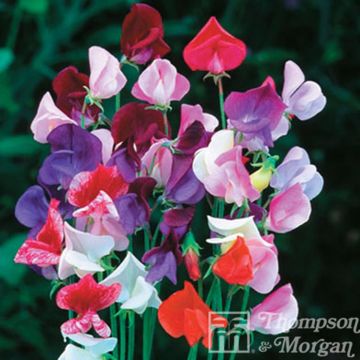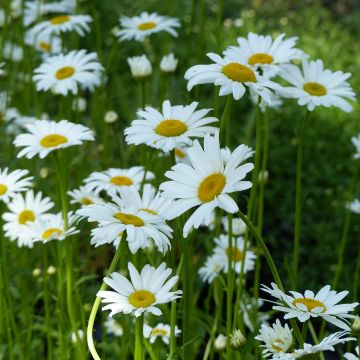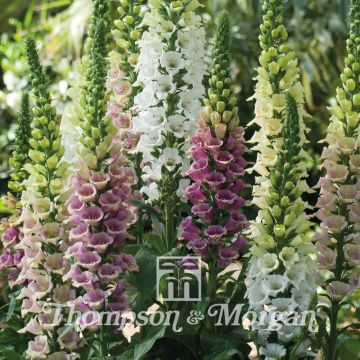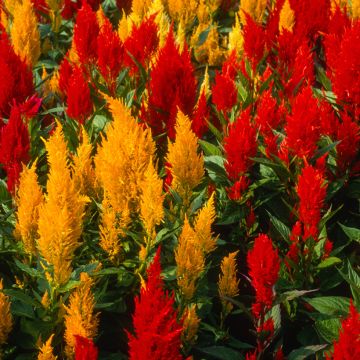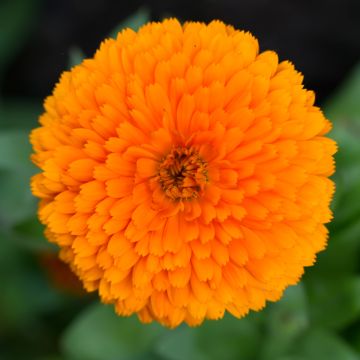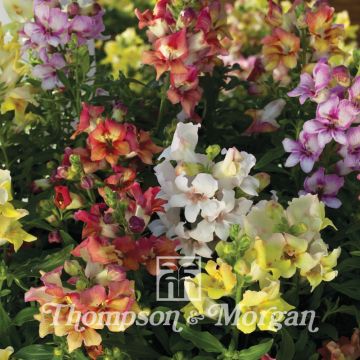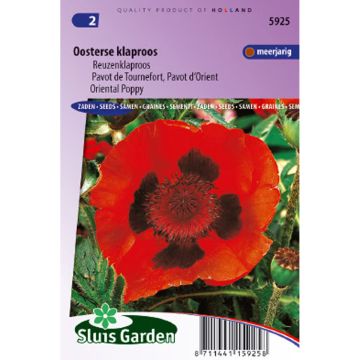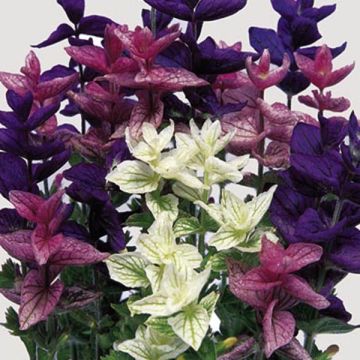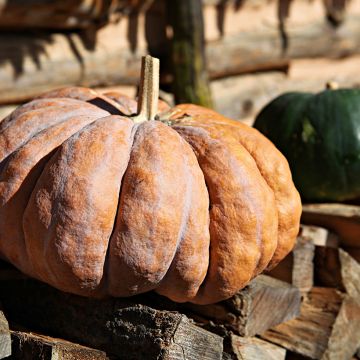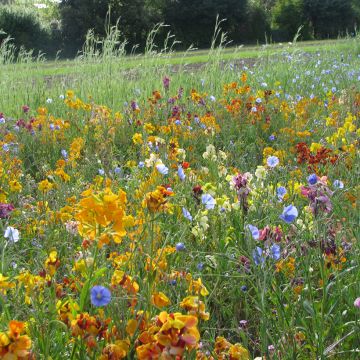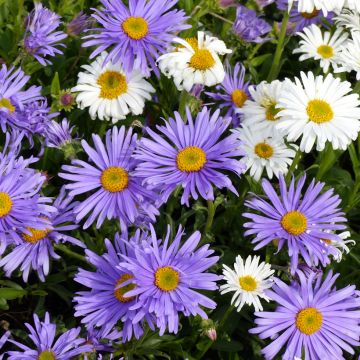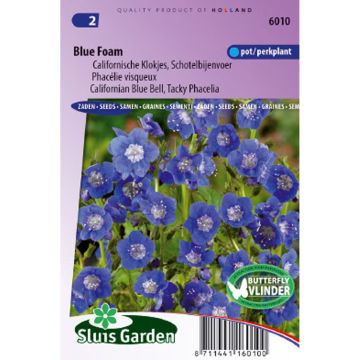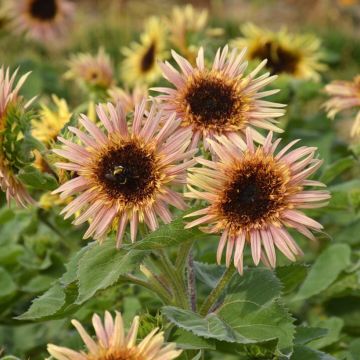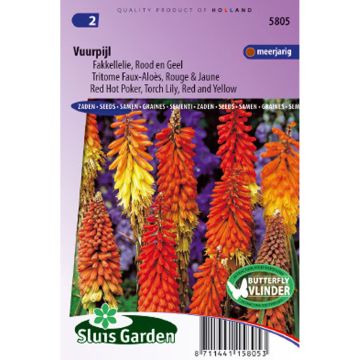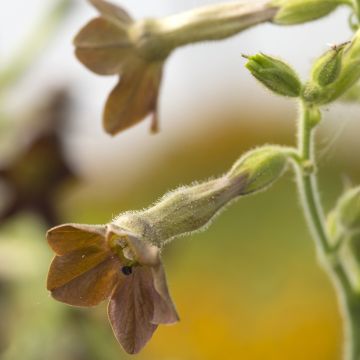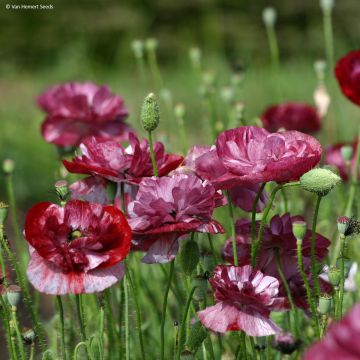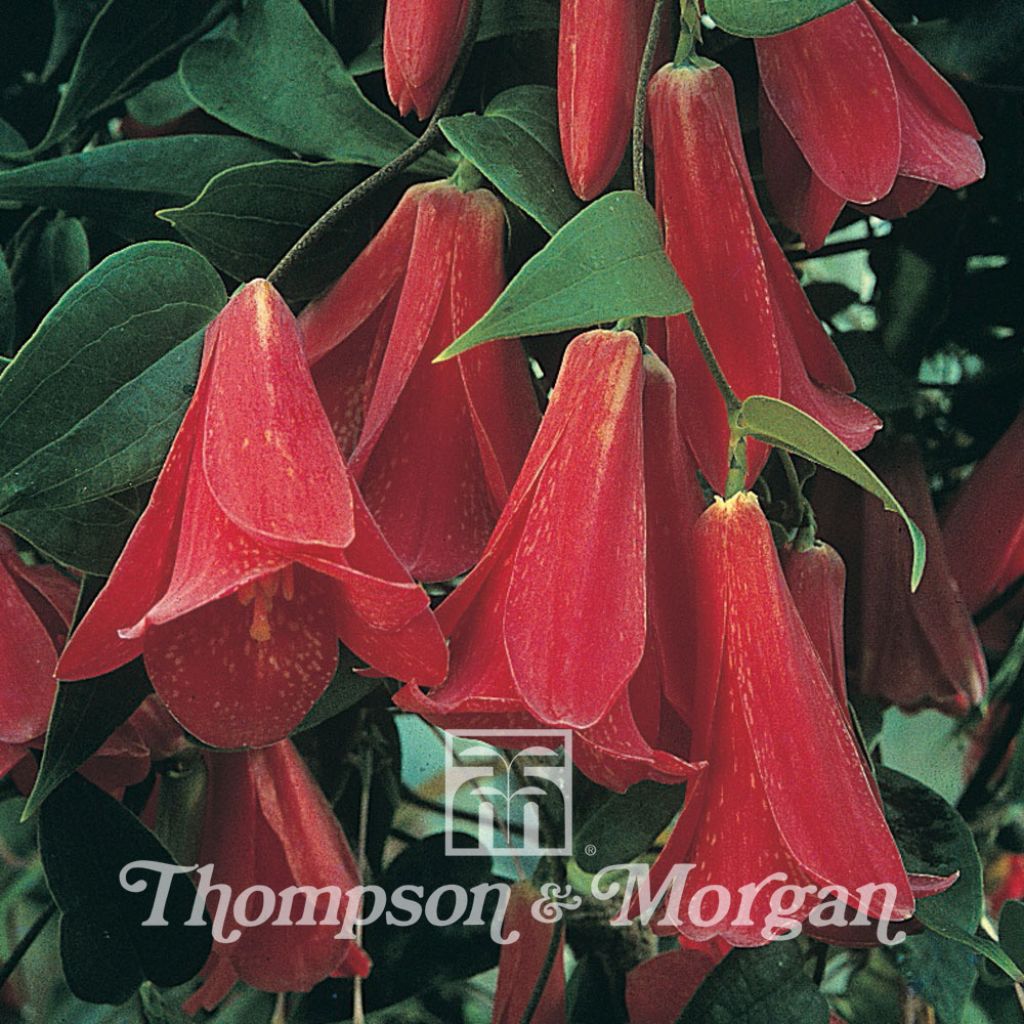

Lapageria Rosea
Lapageria rosea - Chilean Bellflower seeds
Lapageria rosea
Chilean Bellflower, Copihue
This plant carries a 6 months recovery warranty
More information
We guarantee the quality of our plants for a full growing cycle, and will replace at our expense any plant that fails to recover under normal climatic and planting conditions.
Seed-only orders are dispatched by sealed envelope. The delivery charge for seed-only orders is €3.90.
Does this plant fit my garden?
Set up your Plantfit profile →
Description
Lapageria rosea, also known as the Chilean Bellflower or Copihue, is a beautiful climber with woody stems and evergreen leaves, offering large pendulous bell-shaped, waxy flowers in shades of pink to red. This flower is the emblem of Chile. It blooms from summer to autumn, 3 years after sowing. It is one of the most beautiful plants to grow in a greenhouse or conservatory in filtered sunlight and fertile and well-drained soil, free from limestone.
Lapageria rosea is the only species in the genus Lapageria, dedicated to Empress Josephine, born Tasher de La Pagerie, a passionate botanist, to whom we owe the introduction of many 'exotic' species in our gardens. This plant, belonging to the family Smilacaceae, is native to the undergrowth of central and southern Chile, where it has become the emblematic flower. This vigorous climber clings to its support with its stems. It can reach a height of 8 to 10 m (26 to 33ft) in its natural habitat, but it will stay at 2.50 m (8ft) or 3 m (10ft) in our climate, which will make it more floriferous. Its woody climbing stems are adorned with ovate, leathery and evergreen, glossy green leaves, from 5 to 8 cm (2 to 3in) long. Flowering occurs in summer and autumn on plants aged 2 to 3 years. Its bell-shaped or trumpet-shaped flowers measure about 8 cm (3in) long and 5 cm (2in) wide. The fused petals that form the corolla have a waxy texture and come in beautiful shades of pink to red, occasionally white. The interior of the flower is speckled with white or light pink.
The Chilean Bellflower is one of the most beautiful climbing plants for an orangery or winter garden. It will reign in the conservatory or a heated greenhouse, alongside the Moonflower and the Winged Passionflower. This plant needs non-limestone soil and water, but a fertile substrate, and does not tolerate scorching sunlight. Where it thrives, it can live for many years. It needs a cool winter and a warm summer.
Report an error about the product description
Flowering
Foliage
Plant habit
Botanical data
Lapageria
rosea
Smilacaceae (Liliaceae)
Chilean Bellflower, Copihue
South America
Other Thompson and Morgan seeds
Planting and care
Sow the seeds of Lapageria rosea as soon as you receive them. You may find that some of them have already started to germinate. If this is the case, place the seeds in a special seed compost in a transparent plastic bag, and place the whole thing at 15-18°C.
Sometimes it is necessary to soak the seeds for a few days before sowing them.
Change the water every day to keep it fresh and pure. When the seeds have swollen, plant them at a depth of 2 cm (1in), in pots of non-chalky special seed compost. Maintain between 18 and 21° preferably with bottom heat and water sparingly. The first leaves will only appear after 1 to 3 months. Water moderately to prevent the roots from rotting. Start moderately feeding with ericaceous plant food after 2 months. After one year, you can repot directly into a large container and then grow the plants under the required conditions.
Lapageria is a vine for winter gardens and cold greenhouses. It needs cool temperatures in winter, and good light without direct sunlight all year round. A poorly heated but bright room may also be suitable. Provide a sturdy support to support its weight as it grows (trellis, bamboo stake or taut wire). The young flexible stems must be trained before they can cling to their support. Allow enough space and keep in mind that it does not like to be disturbed.
This plant is particularly demanding when it comes to watering and winter temperatures. Prune it in spring to promote good regrowth.
The temperatures of a living room or those of the terrace are suitable in summer. In winter, they should be between 10 and 13°C. Lapageria can tolerate temperatures dropping to 7°C at night.
This plant does not like hard tap water so use rainwater or weak mineral water. Water moderately throughout the year, allowing the substrate to partially dry out before watering again.
Water with liquid fertiliser every fortnight during the growth period, but dilute the recommended dose twice.
Lapageria does not like to be disturbed and should only be repotted if absolutely necessary. Use a rich, but light and well-drained compost. A mixture of leaf compost and ericaceous compost with a thick layer of drainage at the bottom of the pot. It is best to use a large container from the beginning and not transplant it again.
Sowing period
Intended location
This item has not been reviewed yet - be the first to leave a review about it.
Flower seeds
Haven't found what you were looking for?
Hardiness is the lowest winter temperature a plant can endure without suffering serious damage or even dying. However, hardiness is affected by location (a sheltered area, such as a patio), protection (winter cover) and soil type (hardiness is improved by well-drained soil).

Photo Sharing Terms & Conditions
In order to encourage gardeners to interact and share their experiences, Promesse de fleurs offers various media enabling content to be uploaded onto its Site - in particular via the ‘Photo sharing’ module.
The User agrees to refrain from:
- Posting any content that is illegal, prejudicial, insulting, racist, inciteful to hatred, revisionist, contrary to public decency, that infringes on privacy or on the privacy rights of third parties, in particular the publicity rights of persons and goods, intellectual property rights, or the right to privacy.
- Submitting content on behalf of a third party;
- Impersonate the identity of a third party and/or publish any personal information about a third party;
In general, the User undertakes to refrain from any unethical behaviour.
All Content (in particular text, comments, files, images, photos, videos, creative works, etc.), which may be subject to property or intellectual property rights, image or other private rights, shall remain the property of the User, subject to the limited rights granted by the terms of the licence granted by Promesse de fleurs as stated below. Users are at liberty to publish or not to publish such Content on the Site, notably via the ‘Photo Sharing’ facility, and accept that this Content shall be made public and freely accessible, notably on the Internet.
Users further acknowledge, undertake to have ,and guarantee that they hold all necessary rights and permissions to publish such material on the Site, in particular with regard to the legislation in force pertaining to any privacy, property, intellectual property, image, or contractual rights, or rights of any other nature. By publishing such Content on the Site, Users acknowledge accepting full liability as publishers of the Content within the meaning of the law, and grant Promesse de fleurs, free of charge, an inclusive, worldwide licence for the said Content for the entire duration of its publication, including all reproduction, representation, up/downloading, displaying, performing, transmission, and storage rights.
Users also grant permission for their name to be linked to the Content and accept that this link may not always be made available.
By engaging in posting material, Users consent to their Content becoming automatically accessible on the Internet, in particular on other sites and/or blogs and/or web pages of the Promesse de fleurs site, including in particular social pages and the Promesse de fleurs catalogue.
Users may secure the removal of entrusted content free of charge by issuing a simple request via our contact form.
The flowering period indicated on our website applies to countries and regions located in USDA zone 8 (France, the United Kingdom, Ireland, the Netherlands, etc.)
It will vary according to where you live:
- In zones 9 to 10 (Italy, Spain, Greece, etc.), flowering will occur about 2 to 4 weeks earlier.
- In zones 6 to 7 (Germany, Poland, Slovenia, and lower mountainous regions), flowering will be delayed by 2 to 3 weeks.
- In zone 5 (Central Europe, Scandinavia), blooming will be delayed by 3 to 5 weeks.
In temperate climates, pruning of spring-flowering shrubs (forsythia, spireas, etc.) should be done just after flowering.
Pruning of summer-flowering shrubs (Indian Lilac, Perovskia, etc.) can be done in winter or spring.
In cold regions as well as with frost-sensitive plants, avoid pruning too early when severe frosts may still occur.
The planting period indicated on our website applies to countries and regions located in USDA zone 8 (France, United Kingdom, Ireland, Netherlands).
It will vary according to where you live:
- In Mediterranean zones (Marseille, Madrid, Milan, etc.), autumn and winter are the best planting periods.
- In continental zones (Strasbourg, Munich, Vienna, etc.), delay planting by 2 to 3 weeks in spring and bring it forward by 2 to 4 weeks in autumn.
- In mountainous regions (the Alps, Pyrenees, Carpathians, etc.), it is best to plant in late spring (May-June) or late summer (August-September).
The harvesting period indicated on our website applies to countries and regions in USDA zone 8 (France, England, Ireland, the Netherlands).
In colder areas (Scandinavia, Poland, Austria...) fruit and vegetable harvests are likely to be delayed by 3-4 weeks.
In warmer areas (Italy, Spain, Greece, etc.), harvesting will probably take place earlier, depending on weather conditions.
The sowing periods indicated on our website apply to countries and regions within USDA Zone 8 (France, UK, Ireland, Netherlands).
In colder areas (Scandinavia, Poland, Austria...), delay any outdoor sowing by 3-4 weeks, or sow under glass.
In warmer climes (Italy, Spain, Greece, etc.), bring outdoor sowing forward by a few weeks.

































